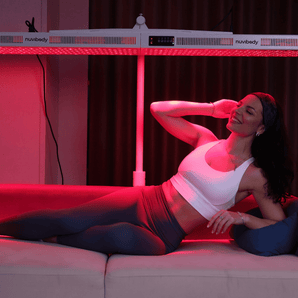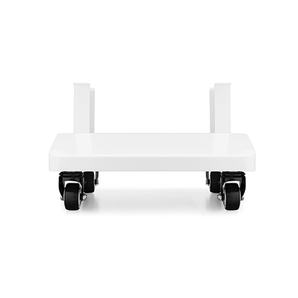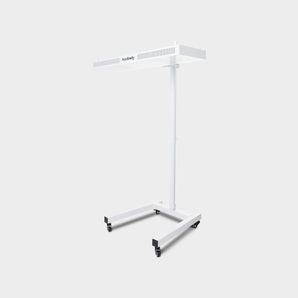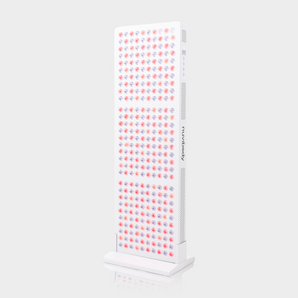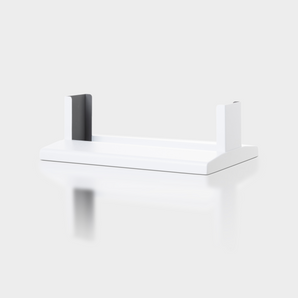Red light therapy is gaining popularity due to its proven health benefits, ranging from skin improvement and pain relief to improved sleep and muscle recovery. But like many effective treatments, red light therapy requires consistency and dedication before you see noticeable results.
Don't expect instant results, but do expect sustainable improvement
Red light therapy is not a magic solution that gives you immediate visible results. Unlike the quick gratification we are used to from some treatments, red light therapy works gradually. It stimulates your cells to heal, produce energy and optimize processes. All of this takes time.
Most people begin to see results within 4-6 weeks , especially if they use the therapy regularly. However, for others it can take longer, up to six months, depending on factors such as the nature of the problem and the consistency of the treatments.
Compare red light therapy to strength training or dieting: you don’t see the effects right away, but over time your body starts to respond. For example, your skin may feel firmer and smoother, your pain may decrease, and your energy levels may improve. Patience and perseverance are essential.
Why consistency is important
Just as it takes time to build muscle or lose weight, your body needs to adapt and heal with the help of red light therapy. If you are not consistent, you will miss out on the cumulative effects that are so important to the therapy. Each session builds on the last, stimulating your cells to function better.
Thousands of people worldwide experience the benefits of red light therapy every day. Whether it's pain relief , skin rejuvenation or improved sleep , the benefits come with regular and consistent application.
How do you keep going?
It can be hard to set aside a few minutes each day for your session, especially when results aren’t immediately visible. Here are some tips to stay motivated:
1. Keep a log
Keeping a log is a great way to track your progress. Record the date, length of session, area treated, and how you felt after the treatment. This will help you recognize patterns and track whether you are seeing results over time.
2. Take before and after photos
Since you see yourself in the mirror every day, it can be difficult to notice subtle changes. Take before and after photos of the area you are treating. This can be especially helpful for skin problems such as wrinkles or scars, as it allows you to clearly see the improvements.
3. Set realistic goals
Start with small, achievable goals for daily use. For example, if you are new to red light therapy, you might start with 5-10 minutes a day and gradually build up to longer sessions. Realistic expectations will help you not get discouraged and will help you stick with the therapy.
4. Focus on the process, not just the outcome
Be aware of the journey you are on to better wellness. Whether it’s pain relief, improved skin texture or better sleep, stay focused on the benefits you want to achieve. Visualize your success and remind yourself why you started.
How long does a red light therapy session last?
The length of a red light therapy session varies depending on several factors. Here are some guidelines that can help you:
-
The goal of the treatment: The duration depends very much on the type of result you want to achieve. For pain relief, a session can last 10-15 minutes , while for skin rejuvenation, 5-10 minutes is often sufficient.
-
Power of the machine: Higher intensity machines can be more effective in a shorter period of time. If your machine has a lower intensity, you may need to schedule longer sessions to achieve the same results.
-
Distance from your body: The closer you are to the device, the more intense the treatment will be. This can reduce the time you need for a session, but be careful not to make it too intense for your skin.
Questions? Contact us
If you have any questions about red light therapy, choosing the right device, or how to best apply the therapy, please feel free to contact us. We are happy to help you optimize your treatment and achieve the best results.













